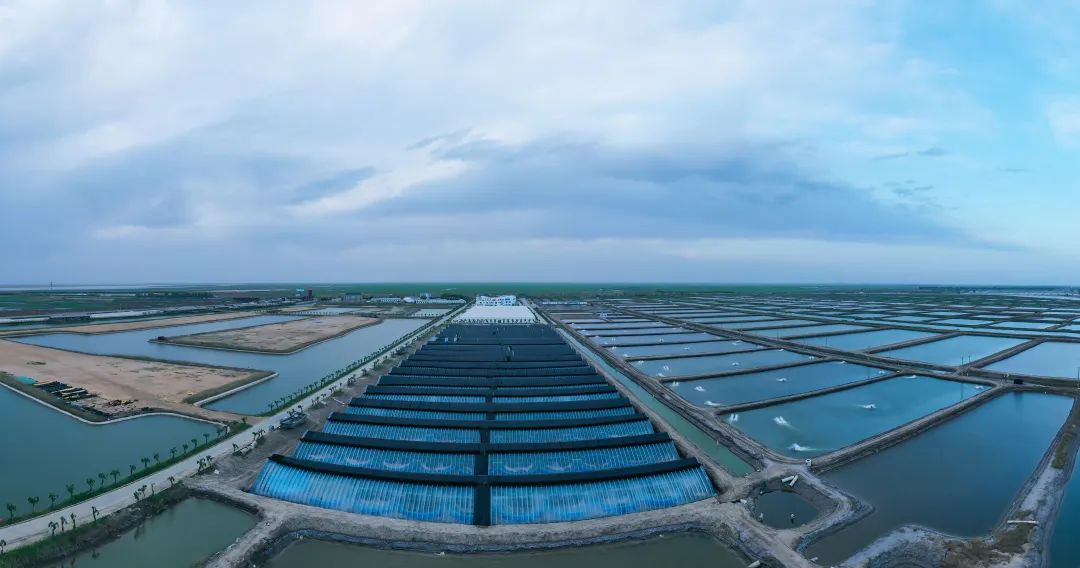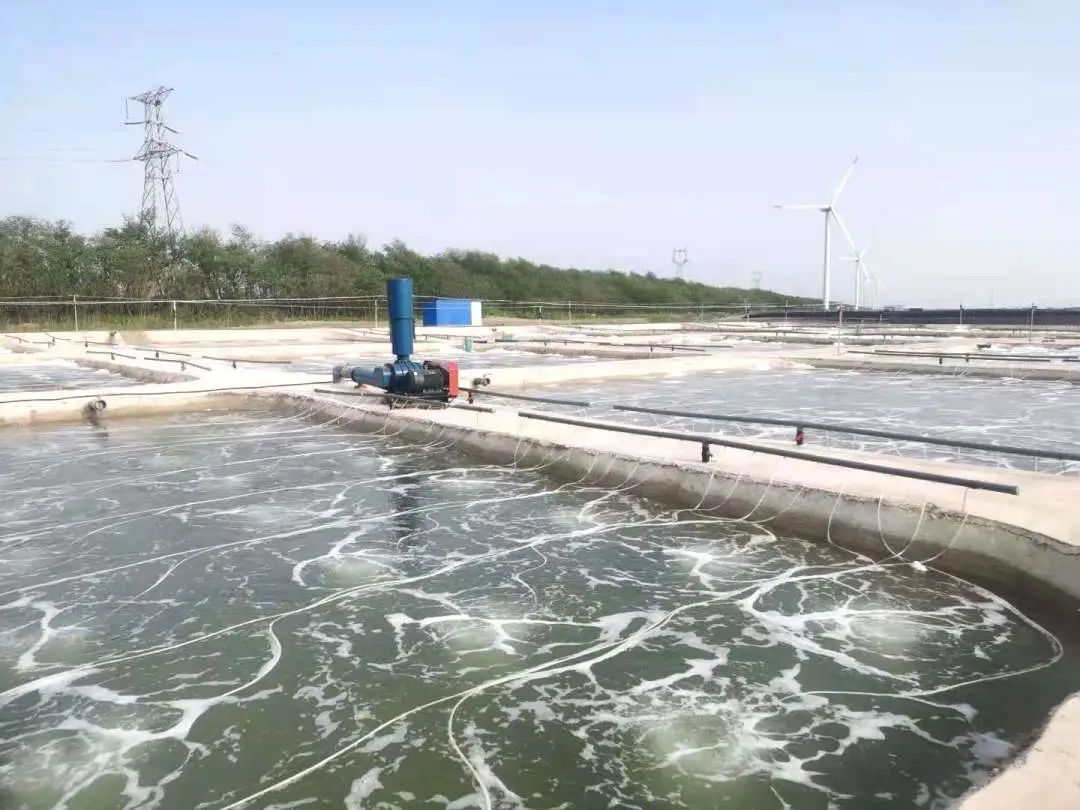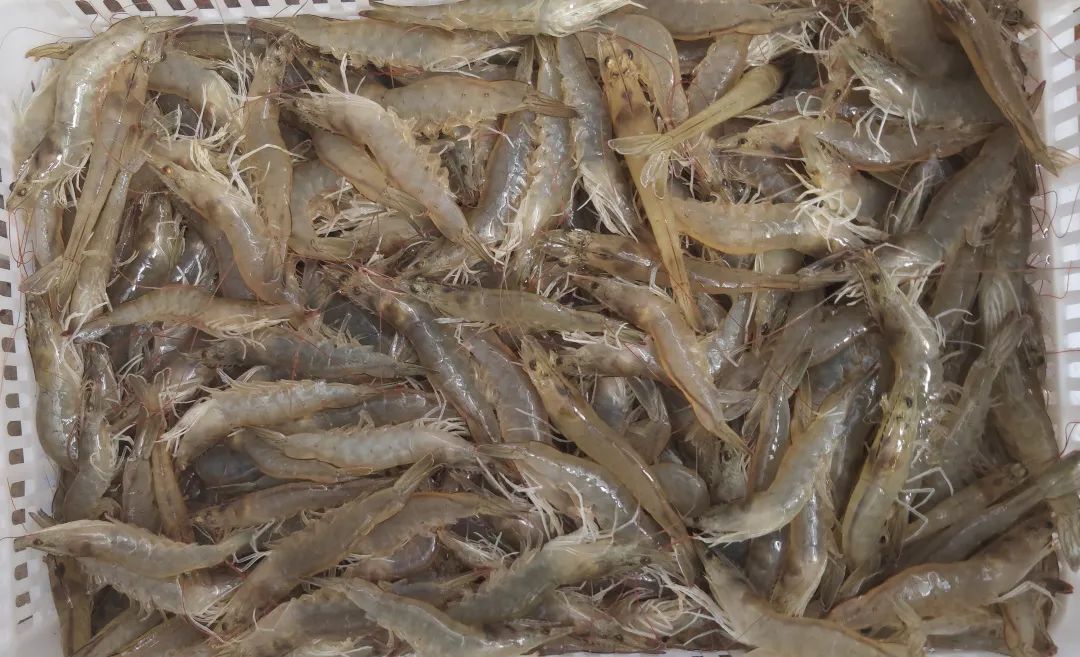Technological frontier
Changes and regulation of dissolved oxygen during aquaculture

Dissolved oxygen is one of the important water quality factors, which is related to the chemical state of water. Dissolved oxygen not only directly affects the normal physiological activities, appetite and digestion and absorption capacity of shrimp, but also affects the growth and reproduction of aerobic bacteria in the water.
In the absence of oxygen, the reproduction of aerobic bacteria is inhibited, resulting in the decomposition of organic matter in the water by anaerobic bacteria, resulting in a large number of toxic substances (such as H2S, CH4, NH3) and organic acids that are harmful to shrimp, and the water quality deteriorates. Sufficient dissolved oxygen can accelerate the oxidative decomposition of nitrogen compounds in water, convert harmful ammonia nitrogen and nitrite nitrogen into nitrate nitrogen, etc., which can be absorbed and utilized by planktonic algae; the effect of dissolved oxygen content on ammonia nitrogen is more obvious. As the oxygen level decreases, the ammonia nitrogen content increases.

Dissolved oxygen in water mainly comes from:
①The oxygen produced by phytoplankton photosynthesis, the oxygen production of phytoplankton in the pond during the day accounts for about 90% of the total oxygen supply;
②The oxygen in the air is dissolved in water, accounting for about 7%;
③ Change the water to bring in oxygen;
④ Start the aerator to increase the contact surface between water and air. Therefore, maintaining a suitable number of phytoplankton in aquaculture water, effective light conditions and water mobility are effective guarantees for the source of dissolved oxygen in water.
The consumption of dissolved oxygen mainly has two aspects:
①Respiration consumption of shrimp and other animals, plants and microorganisms in shrimp ponds at night, the oxygen consumption of phytoplankton at night accounts for 40%~50% of the total oxygen consumption in water;
②The oxidative decomposition of organic matter in water and sediment consumes a lot of oxygen, and the decomposition of organic matter in the bottom sludge also consumes oxygen, accounting for about 35% of the total consumption.
Therefore, the diurnal variation of dissolved oxygen in shrimp pond water is large. During the daytime, the photosynthesis of phytoplankton can make the dissolved oxygen content sometimes as high as 10 mg/L or more, reaching the highest value at 3-4 pm; at night, the dissolved oxygen content drops sharply due to the respiration of plankton, and sometimes drops to 1 mg/L before dawn. L or so. When the dissolved oxygen level is lower than a certain level, the shrimp will float, and the shrimp will die if they continue to descend. The oxygen consumption of prawns varies with water temperature, salinity, individual size and activity status. Under normal circumstances, it increases with the increase of body weight, activity and water temperature. For example, Penaeus japonicus is not dangerous when the water temperature is 25 °C and the dissolved oxygen content is 1.67 mg/L. At 27 °C, the dissolved oxygen content is 1.6~2.0 mg/L, and it will die. At 30 °C, the dissolved oxygen content of 1.84 mg/L will cause death. 30% of the shrimp died. The dissolved oxygen content of shrimp culture pond water should always be kept above 5mg/L and not less than 3.5mg/L.
Floating heads are a sign of severe hypoxia in shrimp ponds. Under normal circumstances, prawns mostly crawl on the bottom of the pool or near the bottom to swim for food. They swim fast and smoothly, and have obvious directionality. They are sensitive and bounce quickly when slightly startled. If the shrimp group swims scattered, the direction is uncertain, the swimming is slow and weak, and sometimes the eyes and antennae are exposed to the surface of the water, absorbing the oxygen in the surface water, and they will not bounce when stimulated, and even crawl in the shallow water beside the pool.
The eyes and antennae of the shrimp protruded from the water surface when the head was floating, indicating that the floating head was more serious, and vice versa; the floating head was more serious during the day, and the floating head was relatively light before dawn; the floating head shrimp immediately sinking after being startled was relatively mild, and the response to the shock was slow and still floating. It is more serious in the water. Floating heads mostly appear before dawn, and return to normal after sunrise. If they appear at night or continue to float during the day, it means that the hypoxia of shrimp pond is quite serious.

Prawns may have floating heads when:
① In the evening after the weather is sultry, the pool is still, and there is no wind or strong winds;
② Phytoplankton overproduces (transparency below 20cm), and the water color is too thick;
③ The water color is abnormal or suddenly clear;
④ The water quality is corrupt, the black area at the bottom of the pond expands, the odor overflows, and there are many mosquitoes by the shrimp pond in the evening;
⑤ The behavior of the shrimp group is abnormal, and a few shrimps swim scattered on the water surface during the day;
⑥ In the pond of polyculture fish, fish floating head, mys shrimp, white shrimp floating head, snails crawling out of the water.
The prevention of floating head is mainly to strengthen the management at ordinary times, measure the dissolved oxygen content in the early morning and before sunset every day, feed reasonably, improve the microbial structure in the water, improve the community of plankton in the water, and improve the water quality and sediment environment. If a floating head has appeared, oxygenation measures should be taken immediately, such as flushing, spraying, starting the aerator or applying an oxygenation agent [calcium peroxide (CaO2), potassium permanganate, hydrogen peroxide, etc.], but to protect Do not stir up the sludge at the bottom of the pool. When the head is floating, bait is suspended, and the amount of bait should be appropriately reduced after the floating head is rescued. Dissolved oxygen can be measured by chemical titration or a portable dissolved oxygen analyzer, which is measured once a day at dawn and in the afternoon.
R&D Center: Sun Na

WeChat Official Account | GHXIEDAOJIA
Loving family · Keeping promise · Innovation · Kindness